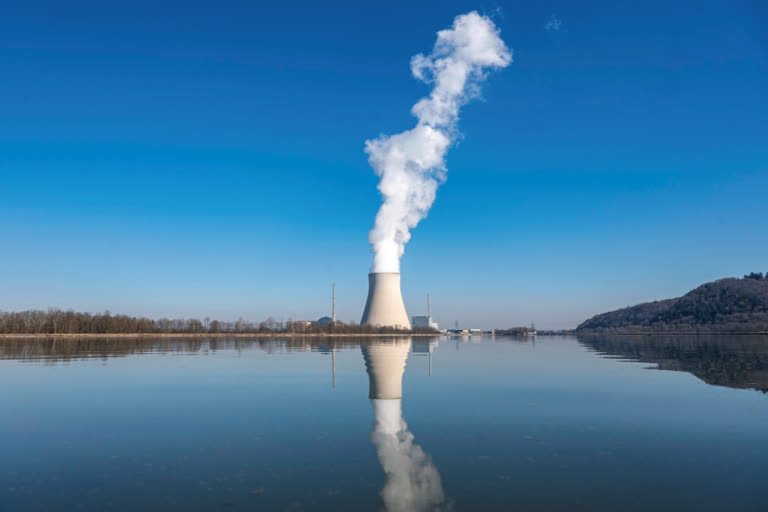BERLIN: German Chancellor Olaf Scholz has ordered preparations for all of the country's three remaining nuclear reactors to continue operating until mid-April. The move marks another hiccup in the country's long-running plan to end the use of atomic energy. Here is a look at Germany's politically charged debate on nuclear power.
COLD WAR FISSION
West and East Germany began producing nuclear energy in the 1960s, when it was widely considered a safe and clean alternative to the heavily polluting coal the nation had long relied on for much of its power needs. Dozens of reactors of various types were built over the following decades. The newest plant began operation in 1989 — about a year before reunification.
PROTEST MOVEMENT
Concerns about the risks of nuclear power increased with the Three Mile Island incident in 1979 and the disaster at Chernobyl in 1986. Such fears boosted West Germany's environmental movement and the newly formed Green party that is now part of Chancellor Olaf Scholz's governing coalition.
FIRST SHUTDOWN PLAN
A center-left government of Social Democrats and Greens passed a law in 2002 that Germany would build no new nuclear power plants and shut down all existing reactors over the coming decades. The move was part of a broader effort to shift energy production in Germany — known as the Energiewende, or energy transition — away from fossil fuels toward renewable sources such as wind and solar.
SECOND THOUGHTS
A conservative government under Angela Merkel announced in 2010 that Germany would extend the lifetime of its nuclear plants, in part to ensure sufficient supply of cheap, low-carbon energy. Once built, nuclear plants produce significantly fewer greenhouse gas emissions than coal- or gas-fired facilities, while providing a constant amount of energy regardless of the weather that solar parks or wind farms can't always guarantee.
FUKUSHIMA U-TURN
The 2011 incident at Japan's Fukushima nuclear power plant prompted a swift reversal, with Merkel declaring that Germany would in fact now accelerate its exit from nuclear power and shut down the last remaining plant by the end of 2022. The move had broad support among voters, but critics pointed out that Germany risked blackouts unless renewable energy was massively ramped up. To prevent this from happening, Germany planned to import natural gas — much of it from Russia — as a "bridge fuel" until sufficient solar and wind power was available. Efforts to find a long-term storage site for Germany's nuclear waste are also still ongoing because nobody wants it.
UKRAINE WAR FALLOUT
With gas flows from Russia sharply reduced due to tensions over the war in Ukraine and global energy prices surging, the German government has been scrambling to prevent an energy crisis this winter. Officials have argued that the three remaining nuclear plants provide only 6% of the country's electricity and the real shortage is likely to be in the heating sector, which is powered mainly by gas and coal. But with pressure mounting for Germany to keep its own citizens warm, industry running and to show solidarity to neighboring countries, the Greens-led Energy and Environment ministries agreed to extend the lifetime of two of the plants.
FISSION FRACAS
Fearing blackouts and high energy prices, the Free Democrats— also part of Scholz's government— have lately demanded that all three reactors keep running as long as needed. Experts have questioned whether this would help and the Greens voiced strong opposition. Mounting political pressure and the risk of a government blow-up prompted Scholz to step in Monday and call his junior coalition partners to order with the compromise of keeping the reactors running until April. (AP)



